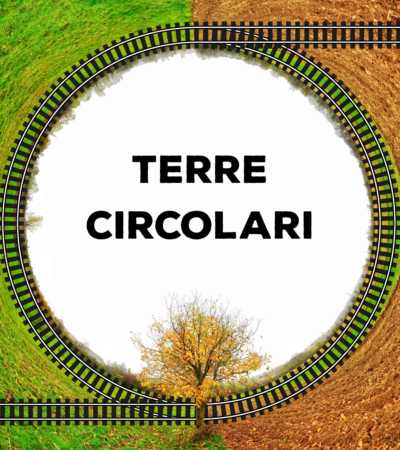Traditional linear production and consumption systems to date show an obvious inability to maintain the pace of the established development model. In response to this realization, the new paradigm proposed by the Circular Economy, which draws its inspiration from the functioning of ecosystem systems and processes, aims at the creation of an economic system structured specifically to emulate the functioning of the latter by reusing, materials in subsequent production cycles, reducing waste as much as possible and preserving as long as possible the value internalized in the products as a result of the various processing stages. For production realities, incorporating the cardinal principles of the new paradigm proposed by the Circular Economy also means imagining new business models, questioning the classic models seen to date: integrating practices of sharing, lending, reusing, repairing, reconditioning and recycling existing materials and products for as long as possible are just some of the initiatives that can be pursued to rethink one’s business model from a circular perspective.
Italferr, a company of the Italian State Railways Group, embodies the success of great Italian engineering, consolidated in more than 30 years of experience in large infrastructure projects for conventional and High Speed rail, metropolitan and road transport, port and station design, in Italy and abroad. From design to procurement, construction management and supervision, testing and commissioning of lines, stations, intermodal centers and interports, project management, organizational consulting, training and transfer of specialized and innovative know-how.
GESTIONE CIRCOLARE SOTTOPRODOTTI
Italferr and Circularity, as part of the Open italy Elis programme, have collaborated to develop a Proof of Concept (“PoC”) aimed at implementing a digital application to support an increasingly circular and sustainable management of excavated soil and rocks (“TRS”) produced during the realisation of railway works and for the identification of production cycles that can reuse excavated materials to replace virgin materials supplied from quarries.
The platform aims at the valorisation of the natural resource according to the principles of circular economy, diversification, digitisation and optimisation of both by-products and waste management, looking for viable alternatives to the re-environmentalisation of disused quarries or landfilling.
The ultimate aim of the project is to give new life to a waste product by reintegrating it into the production system as a by-product and using it in industrial processes with a view to the circular economy.
Terre Circolari is the project that Circularity has implemented together with Italferr, testing the application of an innovative platform with the aim of making the management of excavated earth and rocks produced during the construction of railway infrastructures more efficient. The smart and digital platform has been tested to allow a virtuous management of redundant excavated material and to meet the concrete need to identify alternative processes for the valorisation of excavated earth and rocks generated in railway construction sites on national territory. In this way, it has been possible to create a connection network between producer and user with a view to sustainability, maximising the recovery of resources, with a consequent reduction in the consumption of virgin raw materials, CO2 emitted and waste produced.
Terre Circolari is the innovative platform, devised by Circularity, capable of identifying the most suitable users and recycling plants to receive the material in terms of distance from the worksite, receptive capacity by type of material and reuse forecast. The solution allows Italferr’s operators to identify and contact sites, optimising the mapping and selection process.
All this will be possible thanks to a rich database of users and recovery plants at national level that are present in the platform and that can be continuously consulted and updated. Through the developed solution, it will be possible to optimise the process of mapping, identification, selection and management of by-product users and waste recovery plants, while also optimising transport times by reducing consumption and associated CO2 emissions, thus promoting the reuse of materials with a view to the circular economy and sustainability.



